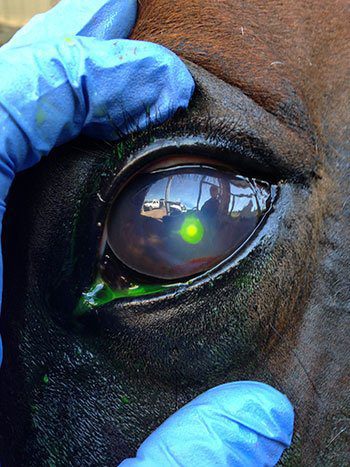
Avoiding injury is one of the most important components of any successful training and competition regime. In this article, we discuss how musculoskeletal injuries occur and give you three ways to help prevent them.
Musculoskeletal injuries not only limit your horse’s movement, but many systems in your horse’s body rely on muscular function. Your horse’s ability to breathe, see, urinate, breed, chew and swallow may be affected by muscular disorders. This is why it’s critical that injuries are best avoided.
But first, let’s explore some of the common reasons behind performance-limiting musculoskeletal injuries. These include incorrect or inadequate:
- Warm-up or warm-down
- Rider balance
- Hoof balance
- Tack or use of tack
- Training, including over-use
Injuries may also be caused by uneven or slippery footing, and excess training on deep, sandy arena surfaces, leading to muscular or skeletal strain.
So, how can these injuries be avoided?
Tip 1: Monitor your horse’s pulse
A high intensity training program places great physical demands on your horse. Any horse that is out of breath with a high pulse rate during exercise is at risk of injury. Monitoring your horse’s pulse rate during and following exercise will help you to make decisions about their training.
Using a heart rate monitor during exercise will give you real-time feedback, indicating when your horse is ready to step up to the next level in their training program. You should also check their pulse rate every 10 minutes post-exercise until it returns to normal to assess their fitness level.
Tip 2: Check your horse before and after exercise
As your horse progresses through training, you’ll notice muscular changes. However, any signs of heat or swelling in the muscles, legs and hooves may indicate a problem. Become familiar with your horse before and after exercise by feeling these areas of their body.
Tip 3: Develop a systematic training program
Finally, a safe and effective training program systematically increases in length and intensity. By advancing gradually and in line with your horse’s physical fitness, the risk of muscular and skeletal injuries may be avoided and your horse will reach their performance peak.



